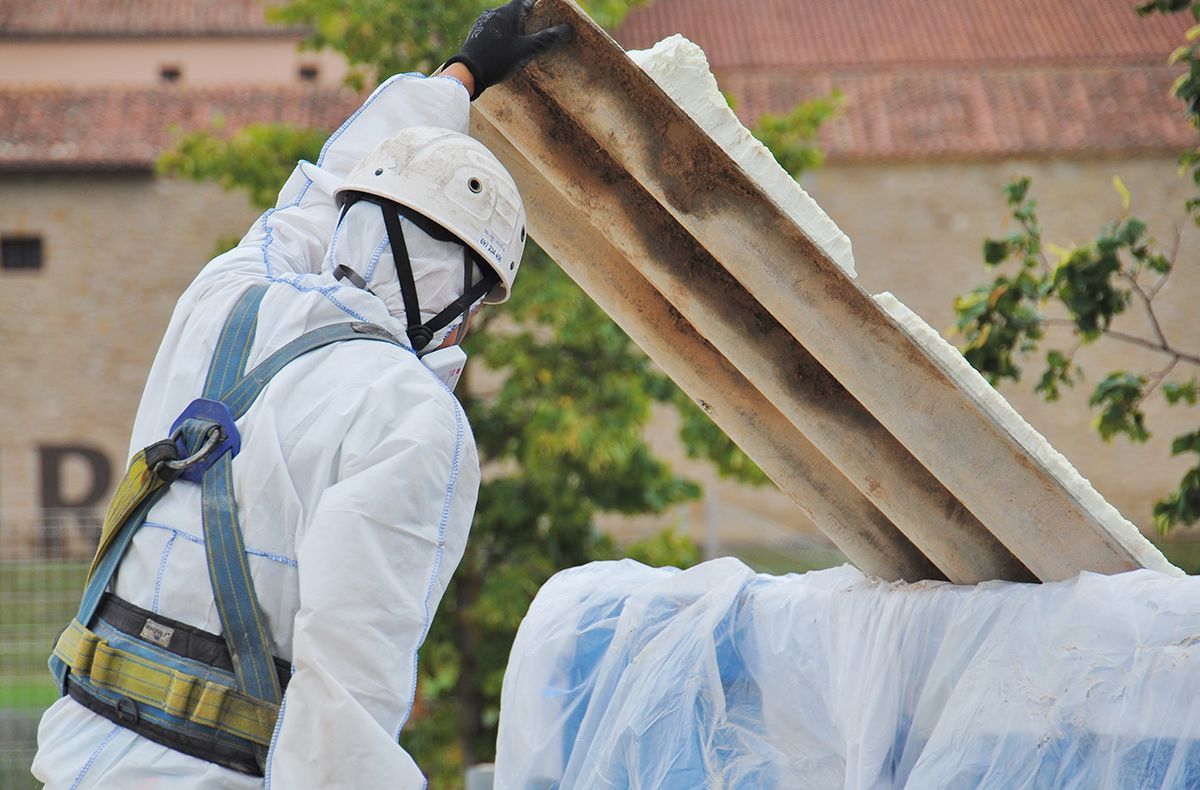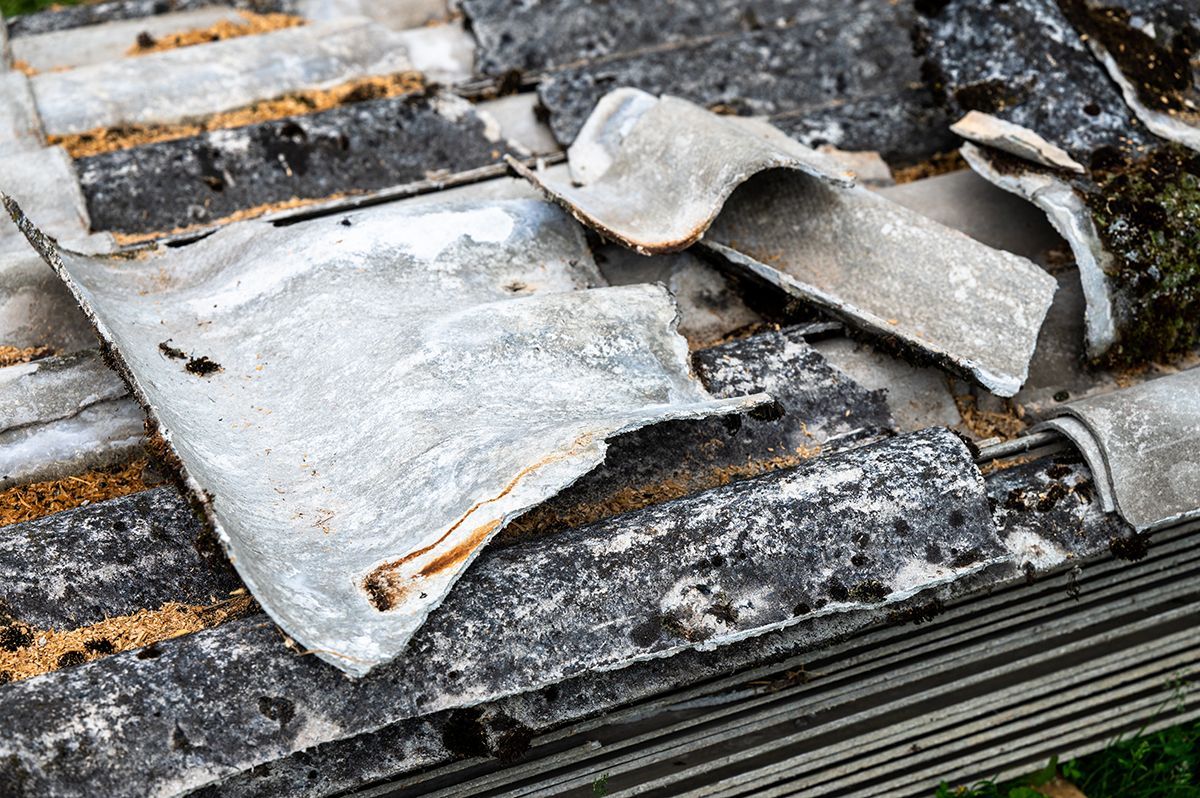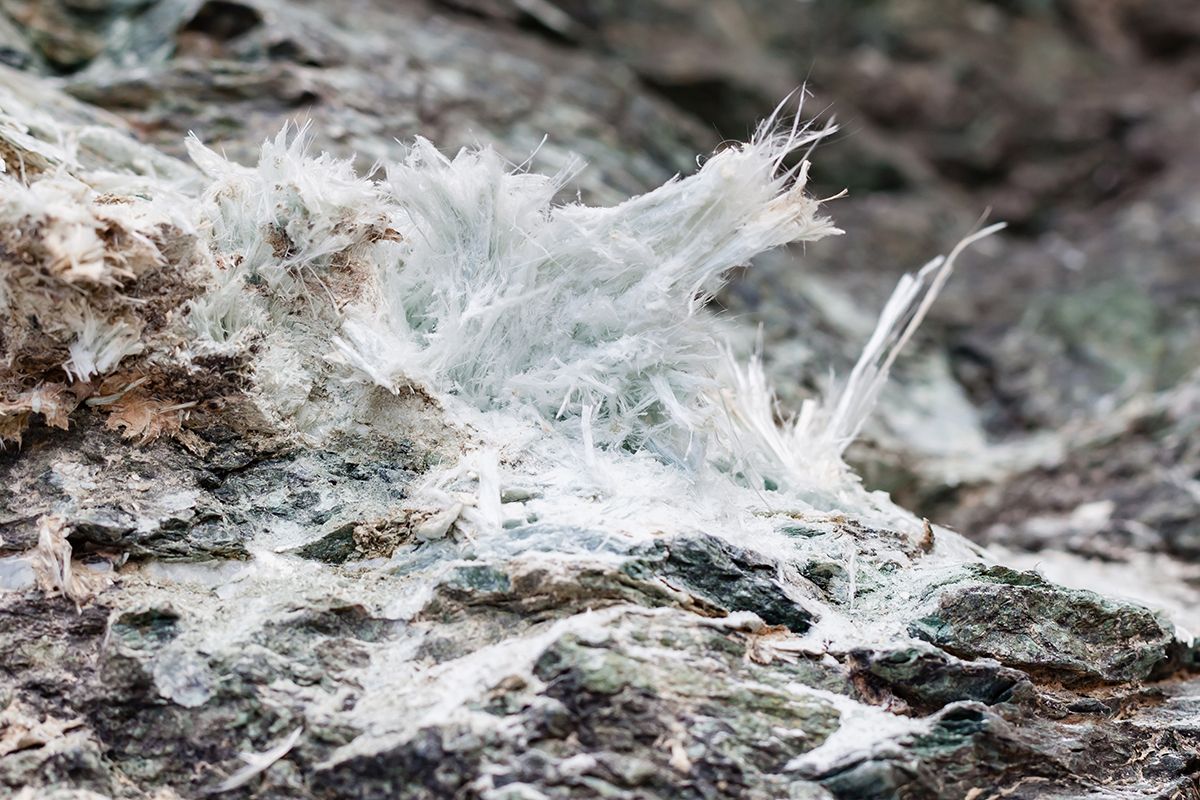When Should You Have an Asbestos Survey?
This is a subtitle for your new post

Why should you have an asbestos survey?
Although asbestos was banned in the UK in 1999, many buildings constructed or refurbished before this date are likely to contain some form of asbestos. It was commonly used in:
- Ceiling tiles
- Floor tiles
- Insulation boards
- Pipe lagging
- Roofing felt
- Artex and textured coatings
Undisturbed asbestos is not necessarily dangerous. However, when asbestos-containing materials (ACMs) become damaged or are disturbed during renovations, maintenance or demolition, they can release harmful fibres into the air. When inhaled, these fibres can cause serious long term health conditions.
This is why asbestos surveys are essential in identifying, managing, or removing the risk before any harm can occur. At
Cordtape Environmental, we take these risks seriously, so we want to help you identify when an asbestos survey is necessary.
When should you have an asbestos survey?
There are several situations where having an asbestos survey carried out is not only appropriate but often essential:
1. Before buying or selling a property
If you are buying or selling a home or commercial property built before 1999, an asbestos survey can provide peace of mind to both yourself and prospective buyers. Many buyers now request an asbestos inspection as part of the conveyancing process, especially if refurbishment is planned, so getting it done before the property goes on sale can save time and hassle later on.
2. Before refurbishment or renovation work
Planning renovations, conversions, or upgrades to a property? If the building was constructed before 1999, a refurbishment and demolition (R&D) survey is required by law prior to any work that could disturb the fabric of the building.
This type of survey is more intrusive than a standard management survey and is designed to locate all asbestos materials that could be disturbed during the project.
3. As a legal duty for commercial buildings
Under the Control of Asbestos Regulations 2012, there is a legal duty to manage asbestos on commercial premises. This includes offices, warehouses, factories, schools and shops. Duty holders must identify the presence of asbestos and assess its condition.
In these cases, a Management Survey is required to ensure compliance with the law. This survey helps create an asbestos register and management plan, which must be regularly updated and shared with contractors and occupants as needed.
4. When you suspect damage or deterioration
If you observe signs that asbestos materials in your property are damaged, fraying, or deteriorating, it is vital to act immediately. Asbestos becomes dangerous when fibres become airborne, so as soon as you notice anything suspicious, contact asbestos survey specialists.
Visible signs might include:
- Crumbling insulation around pipes
- Damaged textured coatings or ceiling tiles
- Water damage near asbestos boards
- Loose floor tiles or exposed adhesives
An asbestos surveyor will assess the risk, take samples if necessary, and advise on whether removal or encapsulation is the safest option.
5. After discovering asbestos materials by chance
Sometimes asbestos is discovered unexpectedly during building work or DIY projects. In such cases, you should stop work immediately and arrange for a qualified surveyor to assess the situation. Continuing work could put workers and residents at serious risk.
Warning signs that asbestos might be present
Although asbestos is not always visible, there are certain clues that can suggest its presence in a building:
- Age of the property:
Buildings constructed before 1999 are at risk, with those built between the 1950s and 1980s most likely to contain asbestos.
- Unusual textured coatings: Decorative finishes applied to ceilings or walls may contain asbestos, especially Artex.
- Pipe insulation and boiler lagging:
Older insulation materials, especially those that appear fibrous or flaky, may contain asbestos.
- Roofing and garage panels: Corrugated roofing sheets or garage outbuildings made from grey cement board often contain asbestos.
- Old floor tiles and adhesives: Particularly black bitumen adhesives or vinyl tiles.
If any of these materials are present and their condition is unknown, commissioning an asbestos survey is a sensible and safe course of action.
Choosing a qualified asbestos surveyor
It is essential that your asbestos survey is conducted by a UKAS accredited or suitably qualified asbestos professional who adheres to HSE guidelines and industry best practices.
At
Cordtape
, we can assist you in locating and identifying Asbestos Containing Materials with our
Asbestos Survey and Sampling service
. If we do locate the presence of asbestos, our
Asbestos Removal team will extract it from your premises in accordance with Control of Asbestos Regulations 2012. Our team is fully qualified to manage all aspects of asbestos assessment, removal, refurbishment and waste management.
With over 30 years of experience and a team of professionals, we ensure that every survey is delivered with accuracy, compliance, and safety in mind.
Share on social media




